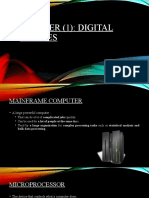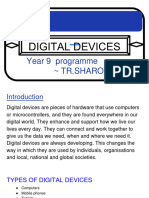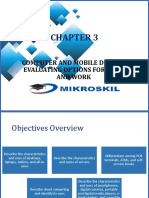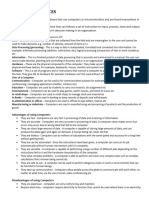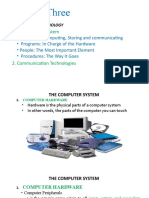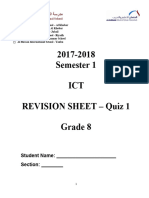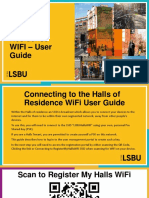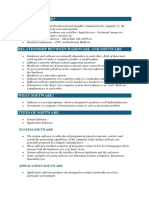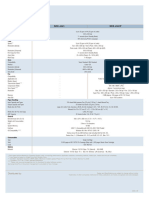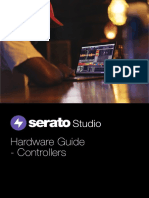0% found this document useful (0 votes)
20 views35 pagesDigital Devices
Digital devices are hardware that utilize computers or microcontrollers to enhance connectivity and support daily life. They include various types such as personal computers, mobile phones, tablets, and home entertainment systems, each with specific features and functionalities. Key aspects of digital devices include portability, performance, user interfaces, connectivity, energy consumption, and security features.
Uploaded by
achinthyaramCopyright
© © All Rights Reserved
We take content rights seriously. If you suspect this is your content, claim it here.
Available Formats
Download as PPTX, PDF, TXT or read online on Scribd
0% found this document useful (0 votes)
20 views35 pagesDigital Devices
Digital devices are hardware that utilize computers or microcontrollers to enhance connectivity and support daily life. They include various types such as personal computers, mobile phones, tablets, and home entertainment systems, each with specific features and functionalities. Key aspects of digital devices include portability, performance, user interfaces, connectivity, energy consumption, and security features.
Uploaded by
achinthyaramCopyright
© © All Rights Reserved
We take content rights seriously. If you suspect this is your content, claim it here.
Available Formats
Download as PPTX, PDF, TXT or read online on Scribd
/ 35
